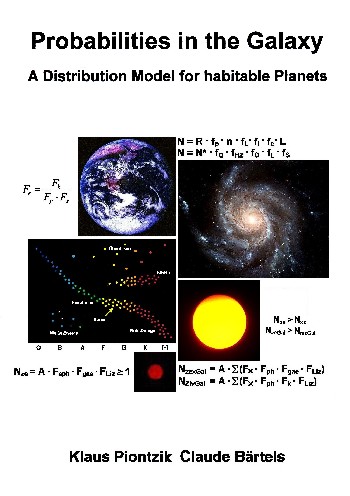176 sides, of them 64 in Color
76 pictures
11 tables
Production and publishing:
Books on Demand GmbH, Norderstedt
ISBN 9-783-7528-5524-1
Price: 22 Euro
76 pictures
11 tables
Production and publishing:
Books on Demand GmbH, Norderstedt
ISBN 9-783-7528-5524-1
Price: 22 Euro

